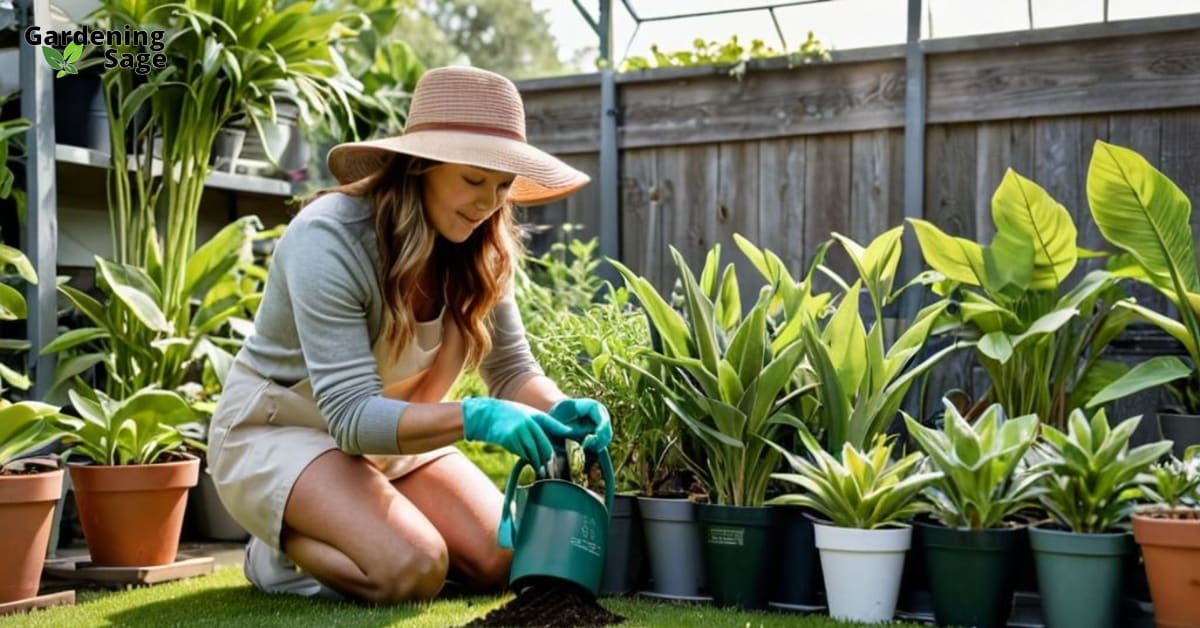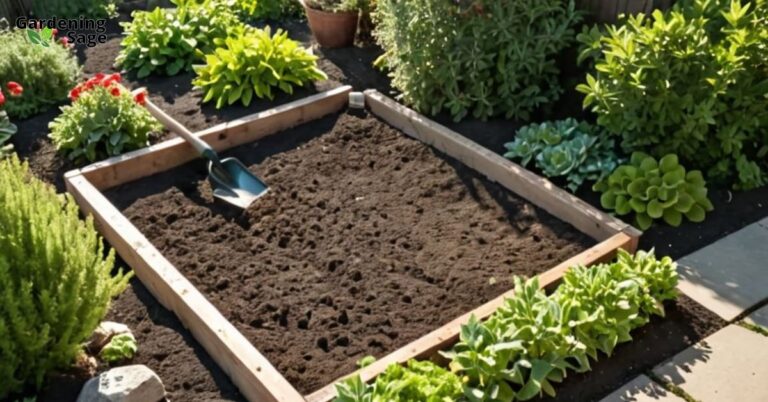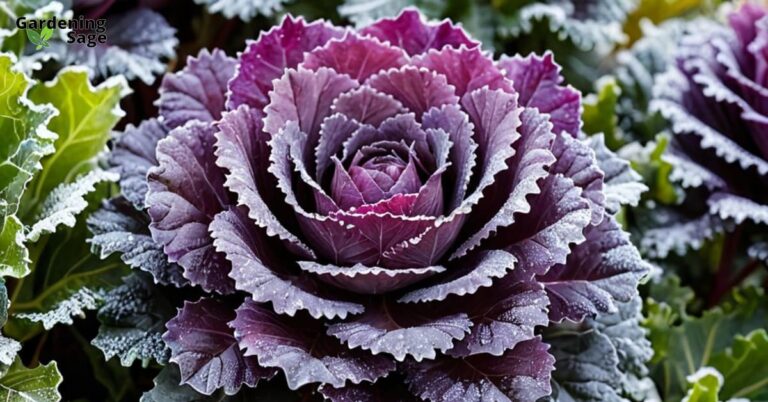For gardeners everywhere, propagating plants serves as a rewarding pathway to expand your green spaces without breaking the bank. Why shell out cash for store-bought greenery when you can use tried-and-true propagation techniques to multiply your plants at home? This cost-effective method not only saves money but also allows you to share plants with friends and family, creating a sense of community and connection through the shared love of gardening.
When it comes to propagating, or creating genetic clones of a mother plant, a little know-how goes a long way. By learning the basics, any plant aficionado can discover the joys of at-home propagation. This process can be a fascinating journey into the world of botany, offering a deeper understanding of plant growth and development. Moreover, it provides a hands-on experience that can be both meditative and educational.
Choosing Plants for Propagation
Nearly all plant varieties can be propagated, but some respond better than others. Foliage houseplants like pothos, philodendrons, and monsteras root readily from cuttings, making them excellent candidates for beginners. Outdoor favorites like hydrangeas, lavender, and rosemary can also be propagated through cuttings or division, offering a way to enhance your garden’s beauty and fragrance. Succulents, with their unique and varied forms, are easily multiplied from leaf cuttings and are particularly forgiving for novice propagators.
When selecting parent plants, opt for healthy specimens with characteristics you wish to replicate. Take cuttings from vigorously growing stems and avoid diseased or pest-ridden plants. The health of the parent plant is crucial as it directly affects the success rate of propagation. Look for plants that exhibit robust growth, vibrant color, and an absence of any stress signs such as wilting, discoloration, or damage. By choosing the best specimens, you ensure a higher likelihood of successful propagation and a more rewarding experience overall.
Propagation Methods
Cuttings involve removing a piece of the parent plant and coaxing it to regenerate roots. Cut just below a leaf node and place the cutting in water or potting mix. Roots form within weeks, and during this time, it’s essential to maintain a stable environment with consistent moisture and temperature. Culinary herbs like basil, mint, and oregano, as well as ornamental plants such as coleus and begonias, propagate well from cuttings and can add a fresh burst of flavor or color to your home.
Division is another method that splits mature plants at the root zone. This technique is particularly effective for perennials like iris, daylilies, and ornamental grasses that naturally grow new offshoots. Divide these plants in spring or fall and replant the sections to encourage a fuller garden. Division not only helps in propagating new plants but also rejuvenates older plants that may have become too crowded.
Layering is a technique that involves pinning a low-growing stem to the ground until roots emerge. This method is ideal for plants like blackberries, raspberries, and lantanas, which have flexible stems that can be easily manipulated. Simply secure the stems to the soil using a U-shaped pin or a heavy object, and wait for roots to form. This method is particularly useful for plants that may not root as easily from cuttings.
Caring for New Plants
Once roots form, transplant cuttings or divisions into containers filled with potting mix. Water when the soil feels dry to the touch and provide ample sunlight or appropriate lighting conditions for the specific plant species. Gradually expose plants to outdoor conditions if they are to be moved from an indoor environment. This process, known as hardening off, helps plants adjust to the fluctuations in temperature and light, reducing transplant shock.
Feed with diluted liquid fertilizer to fuel growth, but be careful not to over-fertilize as this can damage the delicate new roots. Check for pests like aphids or mealybugs and treat as needed using organic or chemical controls, depending on your preference. With attentive care, propagated plants quickly establish themselves and begin to thrive. Monitor the plants regularly for signs of growth and health, adjusting care routines as necessary to ensure the best outcomes.
The miraculous process of propagation allows us to multiply our green bounty. With a dash of patience and the right techniques, gardeners can curate an endless array of plants from existing specimens. This sustainable practice not only enhances our immediate environment but also contributes to biodiversity and the preservation of plant varieties.
Let your plants show their propagation potential! A world of botanical abundance awaits. Embrace the opportunity to experiment with different methods and plant types. The experience of watching a single plant transform into many is truly rewarding, offering a tangible connection to the cycle of life and the wonders of nature. So, delve into the art of propagation and watch your garden flourish as a result of your efforts and dedication.














